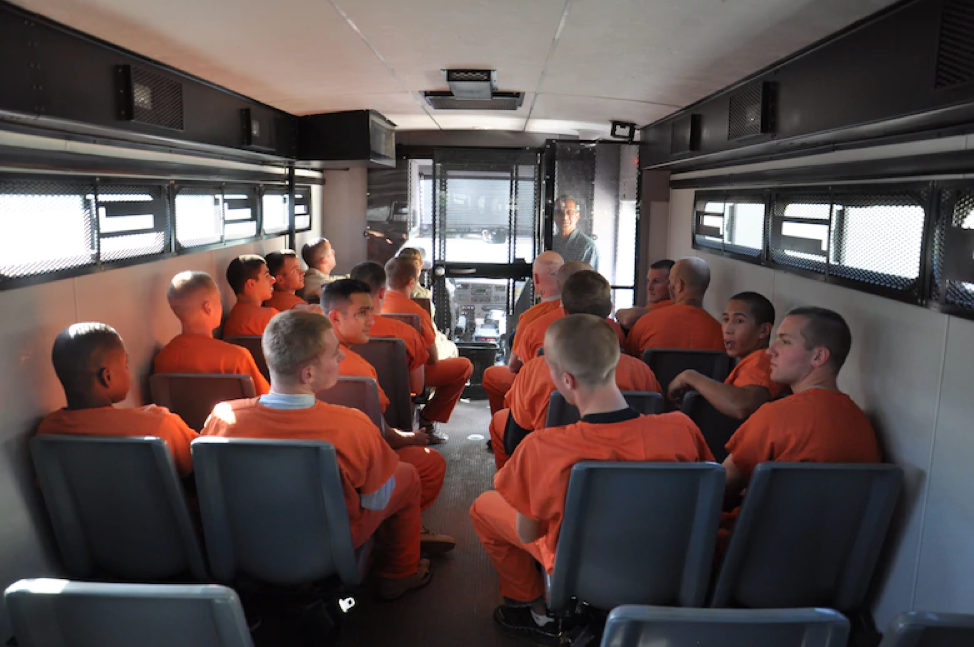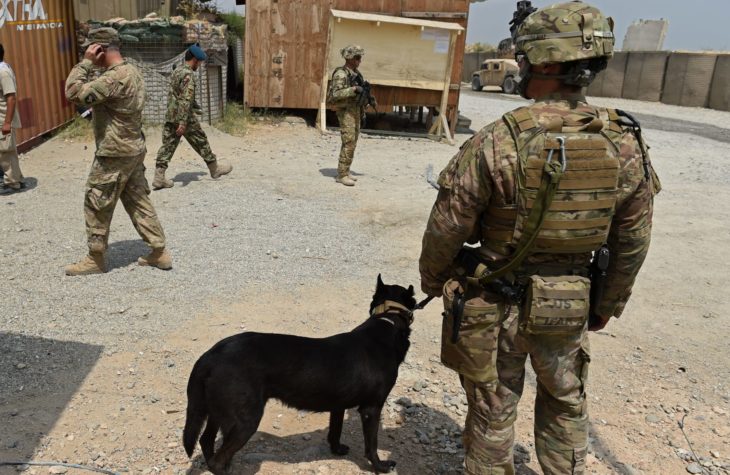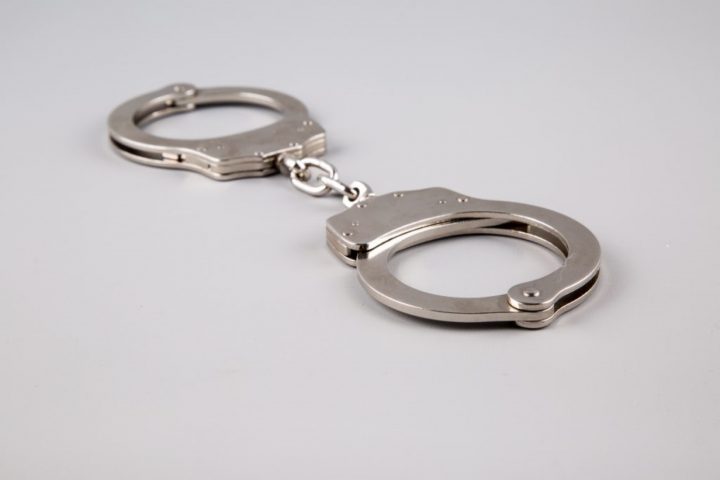American Prison System During the Pandemic

The Federal Bureau of Prisons and the U.S. Marshals Service are accused of contributing to the rapid transmission of coronavirus throughout the American prison population, due to a combination of alleged incompetence and disregard for regulations.
In the United States, prisoners are dying from coronavirus, and rates of infection within the prison system continue to swell. Families of the deceased have been left in the dark. Some families didn’t learn that their loved one had passed until a week after their death, enduring days of anxious radio silence. Some learned too late that their loved ones hadn’t received proper medical care.
With custody over 163,000 people, the federal Bureau of Prisons is America’s biggest jailer.
As of the time of publication of this article:
- one federal prison employee has died;
- 7,551 prisoners have been put on home confinement; and
- 116 federal inmates’ deaths have been reported by the BOP.
According to the BOP, of the inmate deaths, 4 occurred while on home confinement.
However, the situation may be more serious than the official numbers imply.
The Full Story
The Marshall Project, a nonprofit journalism organization focused around criminal justice issues, has been interviewing staff members, inmates, and families of inmates tied to prisons with known outbreaks. The Project found the BOP to be ill-equipped for the crisis. Not only were officials slow to confine the disease, some authorities allegedly took actions that exacerbated its spread.
- Employees ignored or dismissed prisoners’ symptoms, and mixed sick and healthy inmates together thanks to uncoordinated quarantines.
- Thousands of prisoners were shuffled around the nation throughout February and March, resulting in more infections.
- Officers and staff members were pressured to continue working, even after encountering infected prisoners.
- The BOP failed to obey its own pandemic response plan, which required spacing out prisoners. Videos and photos show sick inmates in bunk beds merely 2 feet apart.
- Officials allegedly mask the extent of the spread of the virus by restricting testing. As of Tuesday, they completed testing on fewer than 13% of prisoners in their facilities. This throws the officially reported values of infected inmates into question.
- Prisoners spoke up about being confined to dirty buildings that had been abandoned for years, in tents prone to flooding.
Attorney General William Barr has released orders to either release medically vulnerable prisoners, or transfer them to home confinement.
The Justice Department, in response, has fought to keep the overwhelming majority of prisoners incarcerated. Fewer than 3% of prisoners have been admitted for home confinement, and those that were transferred – including former Trump allies Michael Cohen and Paul Manafort- didn’t always meet the technical criteria to qualify.
Due to concerns from Congress, the inspector general for the Justice Department is investigating the BOP. Suspicions arose that the prison system was too slow in its response to the outbreak, or worse still, they were actively neglecting their duty to mitigate the crisis. Lawmakers voiced doubts about how the agency has spent the $100 million allocated towards dealing with the pandemic.
Although the BOP only admits to one staffer dying of coronavirus, parents of another staffer claim the agency is refusing to recognize that their daughter died from the virus. The union has filed a lawsuit for hazard pay and filed at least two workplace safety complaints claiming that staff was exposed to infection without protective gear. Federal prisoners have filed at least 11 class-action lawsuits against BOP director Michael Carvajal and the wardens, attempting to compel releases and improve conditions.
Planes as Virus Carriers
The Bureau of Prisons isn’t alone in being culpable in the spread of the virus. The U.S. Marshals Service is responsible for moving individuals to-and-from federal prisons, dealing with newly sentenced prisoners as well as most long-distance transfers.
According to a report from the Marshall Project:
- Inmates aren’t put into quarantine or tested before transportation. Not being tested before transportation means that federal prisoners are shuffled around the country by plane, van, and bus with no way to detect viral infections, and no protection from exposure, for inmates and staffers alike.
- Whistleblowers have reported numerous transports of infected federal inmates. Reports allege that infected federal inmates have been shipped to locations as far-flung as Florida, Alabama, and even Puerto Rico, in recent weeks. BOP staffers complained that prisoners have tested positive after being transported around facilities in Illinois, Texas, Colorado, Oklahoma, Pennsylvania, and Louisiana.
- Transferring undiagnosed sick prisoners has almost certainly spread the reach of the virus. The San Quentin State Prison in California flew from zero coronavirus cases in late May to over 2,200 confirmed cases and 26 deaths by early August, after prisoners were transferred from a known infected location without undergoing tests.
- The agency officially paused most prisoner movements in March, trying to curb the rate of infection. When it does transfer prisoners, it is meant to administer testing, along with a 14-day quarantine, before and after the move. But the US Marshals allegedly don’t obey these specifications, persisting in moving people about. Though transfers have slowed, they haven’t stopped altogether, especially with all the new prisoners getting pumped into the system.
Staffers Scramble to Keep Up
According to the previously mentioned report by the Marshall Project:
- New prisoners require housing – In the absence of beds, they’ve been placed indefinitely into the 750 local and private prisons funded by the Marshals. Throughout this hodgepodge web of warehouses, staff and prisoners claim that masks and testing are inconsistent. Prison staff typically get no more than a week’s notice before accepting transfers, and cannot turn away prisoners, including the sick.
- Prisoners report cramped transfers with no protection. Prisoners report transfer trips being disorganized and time-consuming, sometimes without masks, never receiving adequate spacing from other prisoners. Planes are accused of carrying inmates shoulder-to-shoulder, and cramped bus and van rides are said to offer no precautions. Local jails can have even fewer resources than federal prisons, occupied by sick men with no masks, and no protection.
According to the Associated Press, between March and June, over 100,000 people were released from federal and state prisons in America – a population decrease of about 8%. For reference, in the entirety of 2019, the prison population only decreased by 2.2%.
This article was written by Avanti I of Boston, Massachusetts.



